
 |
 |
20000 photos of India, 1280õ960
Badrinath temple – photo gallery
| Mana village & Vasudhara waterfall Trekking to the base of Neelkanth Haridwar Rishikesh Devprayag Rudraprayag Kedarnath Gangotri Yamunotri |
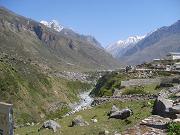
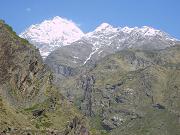
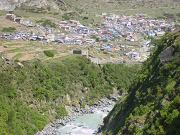
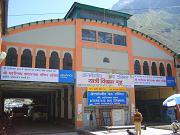
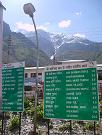
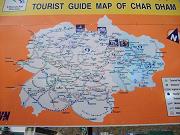
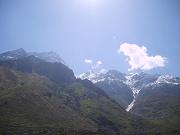
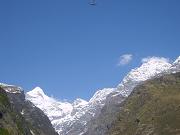 |
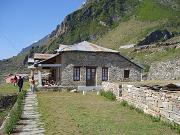
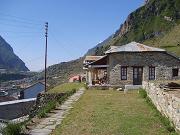


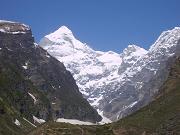
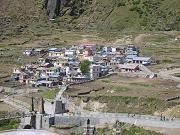
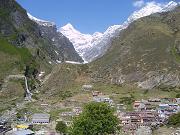

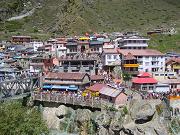
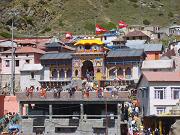 |
| Badrinath temple with hot spring just outside the temple |
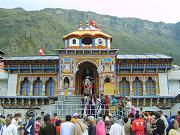
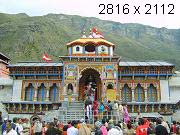
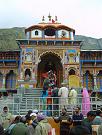
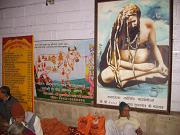
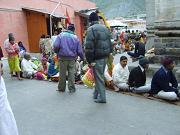
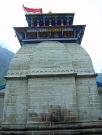
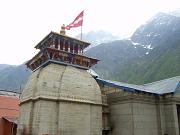
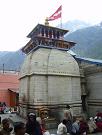
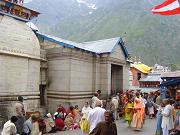
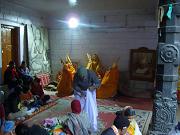
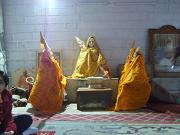
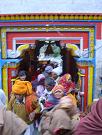 |
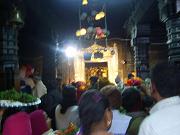
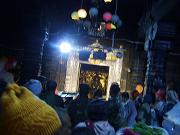
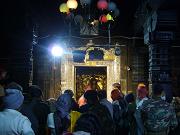
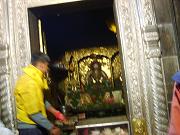
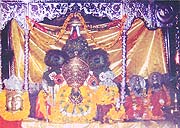

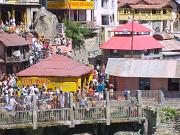
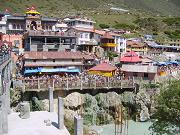
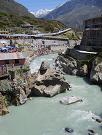
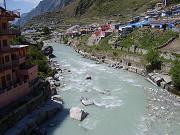
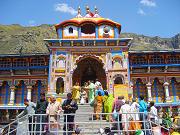
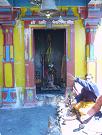
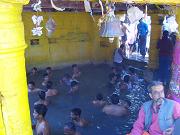
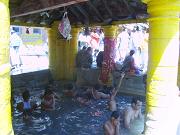
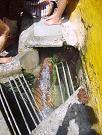

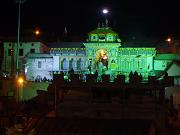 |

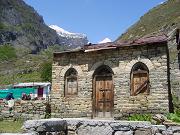
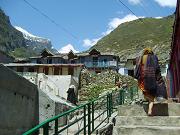
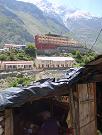 |
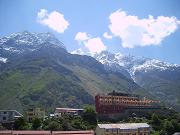
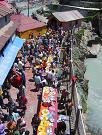

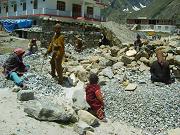

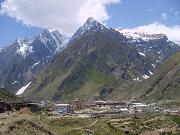 |
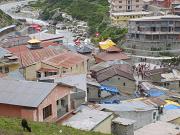
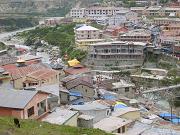

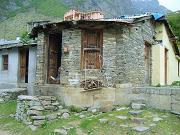
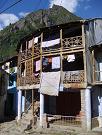
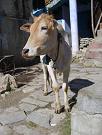
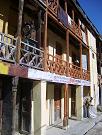
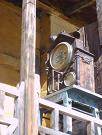
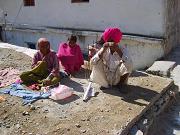
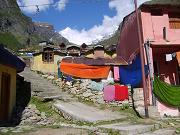
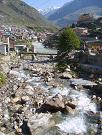
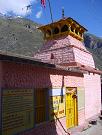
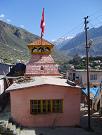
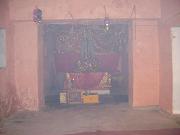
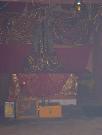
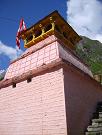
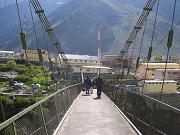
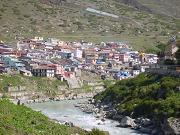
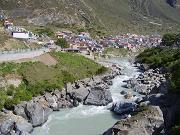
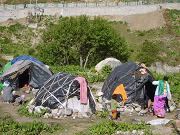
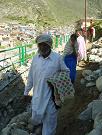

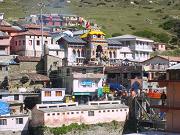
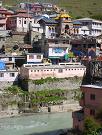

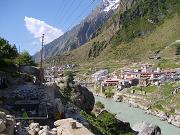
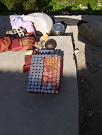

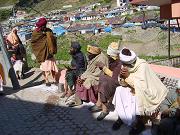
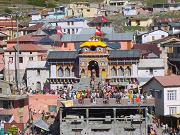
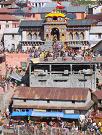
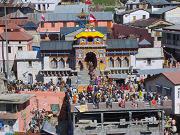
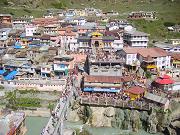
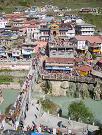
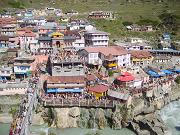
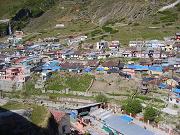
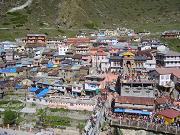
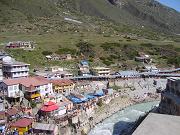
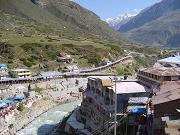
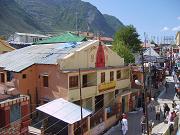
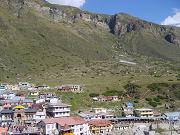
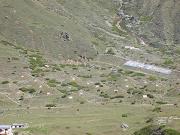
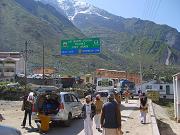
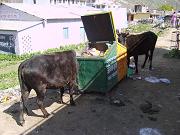
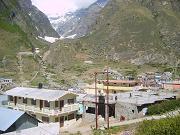
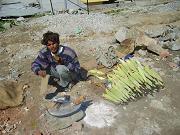

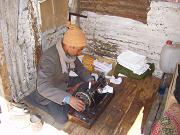


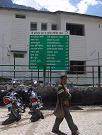

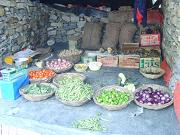
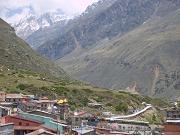
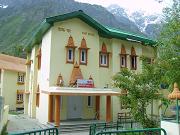
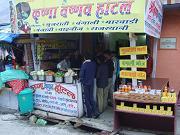

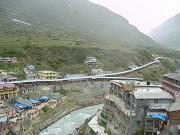
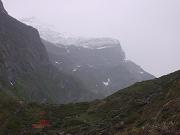
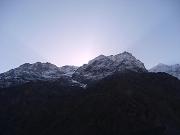

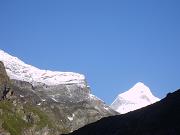
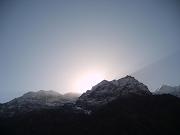
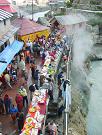
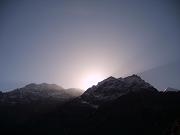
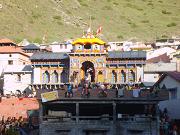
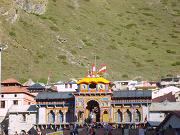
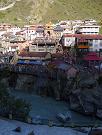
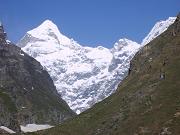
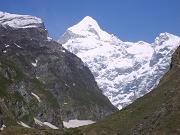
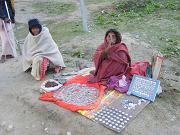
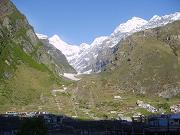

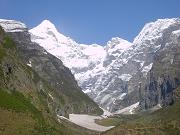
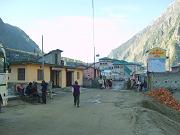
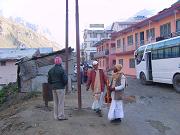
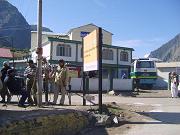
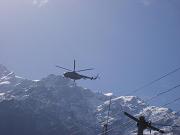
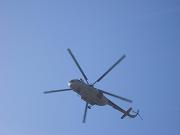
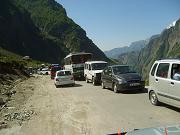 |
|
Badrinath is a holy town and a nagar panchayat in Chamoli district in the state of Uttarakhand. It is believed by many as the most important of the four sites in India's Char Dham pilgrimage, and surely this is the most difficult to reach one. Badrinath town got its name from the local temple of Badrinath. Badri refers to a berry that was apparently said to grow abundantly in the area, and nath means "Lord" / "Lord of" as per context in which it is referred. Badri is also the Sanskrit name for the Indian Jujube tree, which has an edible berry. There are some scriptural references that the Jujube trees were abundant in Badrinath. Binomial name in Latin of Indian jujube is Ziziphus mauritiana. Ziziphus jujuba, commonly called jujube (sometimes jujuba), red date, Chinese date, Korean date, or Indian date is a species of Ziziphus in the buckthorn family (Rhamnaceae). Badrinath was re-established as a major pilgrimage site by Adi Shankara in the 7th century. In earlier days, pilgrims used to walk hundreds of miles to visit Badrinath temple. The temple has been repeatedly destroyed by earthquakes and avalanches. As late as the First World War, the town consisted only of the 20-odd huts used by the temple's staff, but the site drew thousands each year and up to 50,000 on its duodecennial festivals (every twelve years). In recent years its popularity has increased still more, with an estimated 600,000 pilgrims visiting during the 2006 season, compared to 90,676 in 1961. The temple in Badrinath is also a sacred pilgrimage site for Vaishnavites. Badrinath is also gateway to several mountaineering expeditions headed to mountains like Nilkantha. The Badrinath temple is the main attraction in the town. According to legend Adi Shankaracharya discovered a black stone image of Lord Badrinarayan made of Saligram stone in the Alaknanda River. He originally enshrined it in a cave near the Tapt Kund hot springs. In the sixteenth century, the King of Garhwal moved the murti to the present temple. The temple is approximately 50 ft (15 m) tall with a small cupola on top, covered with a gold gilt roof. The facade is built of stone, with arched windows. A broad stairway leads up to a tall arched gateway, which is the main entrance. The architecture resembles a Buddhist vihara (temple), with the brightly painted facade also more typical of Buddhist temples. Just inside is the mandapa, a large pillared hall that leads to the garbha-griha, or main shrine area. The walls and pillars of the mandapa are covered with intricate carving. According to the Bhagavata Purana, "There in Badrikashram the supreme being (Vishnu), in his incarnation as the sages Nara and Narayana, had been undergoing great penance since time immemorial for the welfare of all living entities." (Bhagavata Purana 3.4.22) The Badrinath area is referred to as Badari or Badarikaashram in Hindu scriptures. It is a place sacred to Vishnu, particularly in Vishnu's dual form of Nara-Narayana. Thus, in the Mahabharata, Krishna, addressing Arjuna, says, "Thou wast Nara in a former body, and, with Narayana for thy companion, didst perform dreadful austerity at Badari for many myriads of years." One legend has it that when the goddess Ganga was requested to descend to earth to help suffering humanity on the request of suryavansh king Bhagiratha, the earth was unable to withstand the force of her descent. Therefore, the mighty Ganga (Ganges) was split into two holy channels, with Alaknanda one of them. According to another Hindu legend, god Vishnu sat in meditation at this place. During his meditation, Vishnu was unaware of cold weather. Lakshmi, his consort, protected him in the form of the Badri tree (jujube). Pleased by the devotion of Lakshmi, Vishnu named the place Badrika Ashram. The place used to be a jujube forest, which are not found there today. Vishnu in the form of Badrinath is depicted in the temple sitting in the padmasana posture. The Vishnu Purana narrates another version of the origins of Badrinath. According to the tradition, Dharma had two sons, Nar and Narayan—both of which are modern names of Himalayan mountains. They chose the place to spread their religion and each of them wed the spacious valleys in the Himalayas. Searching for an ideal place to set up a hermitage, they came across the other four Badris of the Pancha Badri, namely Bridha Badri, Yog Bhadri, Dhyan Badri and Bhavish Badri. They finally found the hot and cold spring behind the Alaknanda River and named it Badri Vishal. The mountains around Badrinath are mentioned in the Mahabharata, when the Pandavas were said to have expired one by one, when ascending the slopes of a peak in western Garhwal called Swargarohini (literal meaning the 'Ascent to Heaven'). The Pandavas passed through Badrinath and the town of Mana, 4 km north of Badrinath, on their way to Svarga (heaven). There is also a cave in Mana where Vyasa, according to legend, wrote the Mahabharata. The area around Badrinath was celebrated in Padma Purana as abounding in spiritual treasures. Badrinath temple is located at an elevation of 3,133 m (10,279 ft) above the mean sea level. It is in the Garhwal Himalayas, on the banks of the Alaknanda River. The town lies between the Nar and Narayana mountain ranges 9 km east of Nilkantha peak (6,596m). Badrinath is located 62 km northwest of Nanda Devi peak and 301 km north of Rishikesh. From Gaurikund (near Kedarnath) to Badrinath by road is 233 km. |
|
|